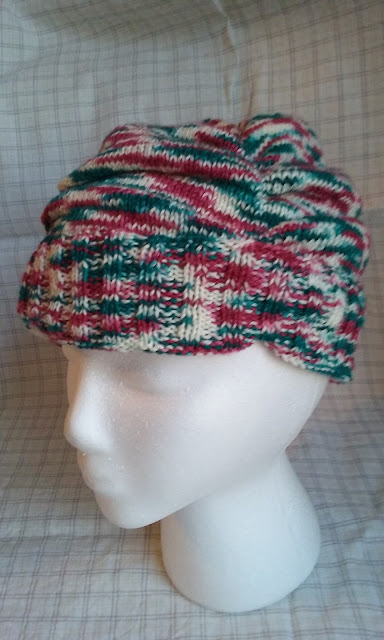New straps for an evening gown

I've been sewing for most of my life; I have more than 20 years of sewing experience. I always knew how to repair clothing, and have frequently altered my own clothing as well, so I have built up quite a bit of experience doing repairs and alterations. I believe in having good quality clothing and keeping it in good condition so that it can be used for many years, which is why I repair my own and my family's clothing. I've never bothered to take pictures, but I'm beginning to realize just how valuable it is to be able to do seemingly simple alterations and repairs that I've always thought of as unimportant and utilitarian. I've patched many pairs of jeans and shirts for my uncle over the years, maintaining my grandmother's frugal tradition, and I'm really proud of keeping my uncle's work clothes in continued use until they fall apart and can't be mended anymore. I have also altered and repaired fancy clothing, such as prom gowns and bridesm...





